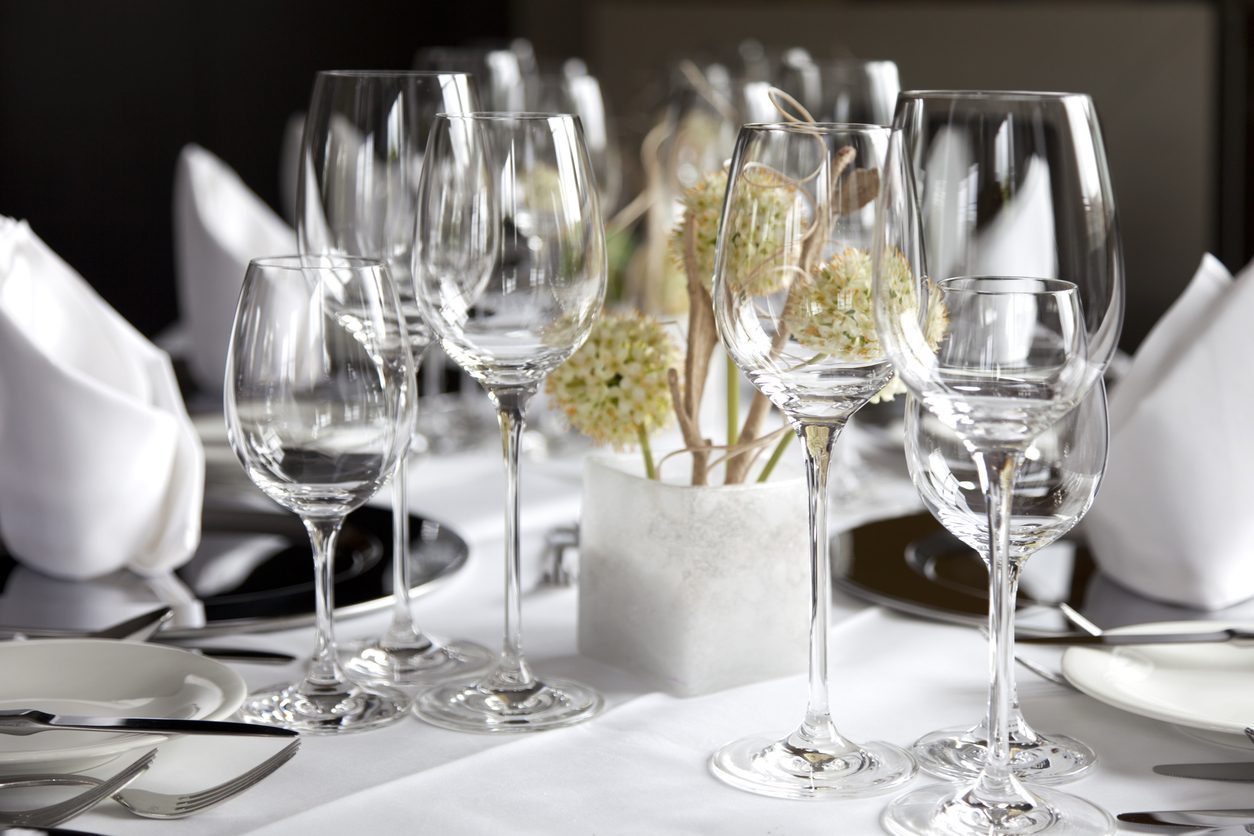How to Eat Risotto: Fork or Spoon? Here’s What the Etiquette Says
How do you eat risotto, with a fork or a spoon? It may seem like a small question, but in Italy there are different habits, which vary from Region to Region. Here's what etiquette says about it.

Risotto is one of the specialties of Italian cuisine that we cannot give up and which has a great impact on tourists: creamy, inviting, elegant, with magical texture that comes out of this preparation. But if Italians can forgive tourists and travelers some mistakes, the same leniency is not granted for Italians themselves: how to eat risotto, with a fork or a spoon?
How to Eat Risotto According to Etiquette
Most Italians eat risotto with a fork, but there are areas where you are given a spoon by default to eat it: it happens in Campania, for example, but not only there. It partly depends on convenience and habits. How should you adjust?
Obviously there is not written rule, as in most cases concerning customs or "good manners": however, according to the Italian Academy of Galateo, a correct way to eat risotto exists. In fact, according to the opinion of these experts, risotto should only be eaten with a fork. Essentially, risotto is equated with pasta, which is why it is eaten with a fork, a piece of cutlery "dedicated" to this dish: the Italian Academy of Galateo does not only refer to risotto, but to all rice-based preparations that are eaten as a main course. In short, a rice salad is eaten with a fork, but an arancino isn't, for example, because you should usually eat it with your hands.

But, as always, there is an exception that confirms the rule, namely when rice is included as an ingredient in a soup, therefore it's in a soupy dish: in that case, of course, you can use a spoon.
We are talking about formal occasions: it is clear that at home, with your family or friends, you are free to eat it as you feel comfortable.
Rice Does Not "Spread"
Another thing that many people do, incorrectly, is to "spread the rice on the plate" to let it cool: this is another bad habit not only from etiquette's point of view, but also from the taste's point of view. In fact, enlarging the risotto unbalances the temperatures of the dish with the result that the one in the outermost part will cool immediately, while the innermost part will remain boiling.
;Resize,width=767;)

;Resize,width=712;)
;Resize,width=712;)
